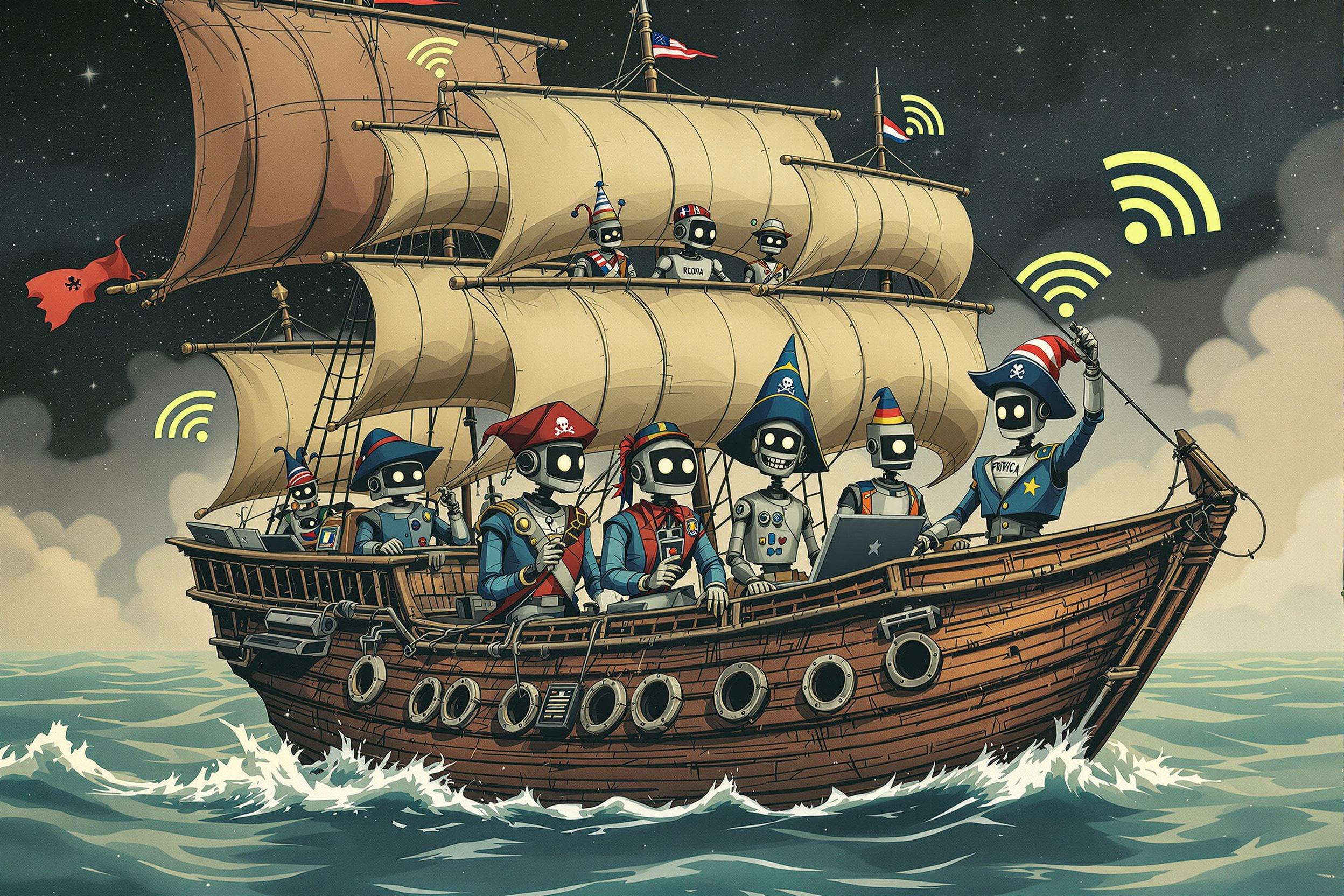
Double-Blind
Double-Blind is a quality control method used in research studies and experiments to prevent bias. It means that neither the participants nor the researchers directly working with them know who is receiving which treatment or being placed in which study group. This helps ensure that personal expectations don't influence the results. Think of it like a taste test where neither the person tasting nor the person serving knows which brand is which - this way, the results are more trustworthy. When you see this term in resumes or job descriptions, it usually indicates experience with high-quality research methods.
Examples in Resumes
Conducted Double-Blind clinical trials involving 500 participants
Managed data collection for three Double-Blind research studies
Led team of 5 researchers in implementing Double-Blind protocols for pharmaceutical testing
Typical job title: "Research Coordinators"
Also try searching for:
Where to Find Research Coordinators
Professional Organizations
Job Boards
Professional Networks
Example Interview Questions
Senior Level Questions
Q: How would you design a double-blind study to ensure both efficiency and compliance with ethical guidelines?
Expected Answer: Should discuss planning stages, role assignment, data handling procedures, and methods to maintain blindness while ensuring participant safety. Should mention IRB approval process and emergency unblinding procedures.
Q: What challenges have you faced managing double-blind studies and how did you overcome them?
Expected Answer: Should describe practical experience with issues like maintaining study integrity, handling protocol deviations, managing staff training, and implementing solutions while keeping the study blind.
Mid Level Questions
Q: What are the key differences between single-blind and double-blind studies?
Expected Answer: Should explain how single-blind only keeps participants unaware while double-blind also keeps researchers unaware, and why this additional layer of blindness helps reduce bias.
Q: How do you maintain proper documentation in a double-blind study?
Expected Answer: Should discuss record-keeping practices, maintaining separate blinded and unblinded documentation, and proper coding systems for tracking participants and treatments.
Junior Level Questions
Q: What is the purpose of a double-blind study?
Expected Answer: Should explain that it's to prevent bias by keeping both participants and researchers unaware of who receives which treatment, leading to more reliable results.
Q: What role does participant confidentiality play in double-blind studies?
Expected Answer: Should discuss basic understanding of privacy protection, coding systems for participant identification, and importance of maintaining confidentiality throughout the study.
Experience Level Indicators
Junior (0-2 years)
- Basic understanding of research protocols
- Data collection and entry
- Participant coordination
- Basic documentation methods
Mid (2-5 years)
- Study protocol implementation
- Team coordination
- Quality control procedures
- Regulatory compliance
Senior (5+ years)
- Study design and planning
- Protocol development
- Staff training and supervision
- Complex study management
Red Flags to Watch For
- Lack of understanding about basic research ethics
- No experience with research documentation
- Poor attention to detail in following protocols
- Unfamiliarity with confidentiality requirements
Related Terms
Need more hiring wisdom? Check these out...

Who’s Really Running Your Interviews? How to Reduce Bias in Remote Hiring

Lost in Translation? How a Hybrid Mentorship Database Bridges Cross-Regional Talent

Automated Scorecards in ATS Systems: Your Secret Weapon for Smarter Hiring Decisions

